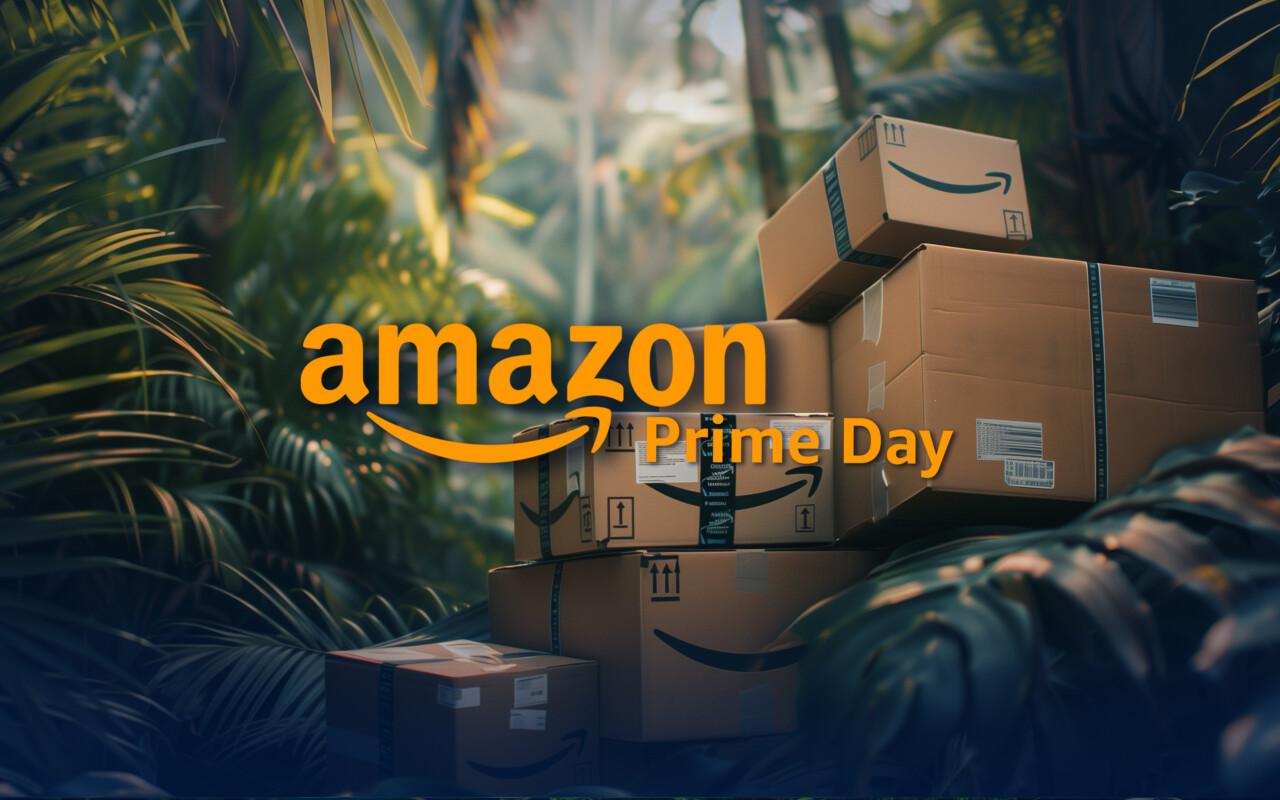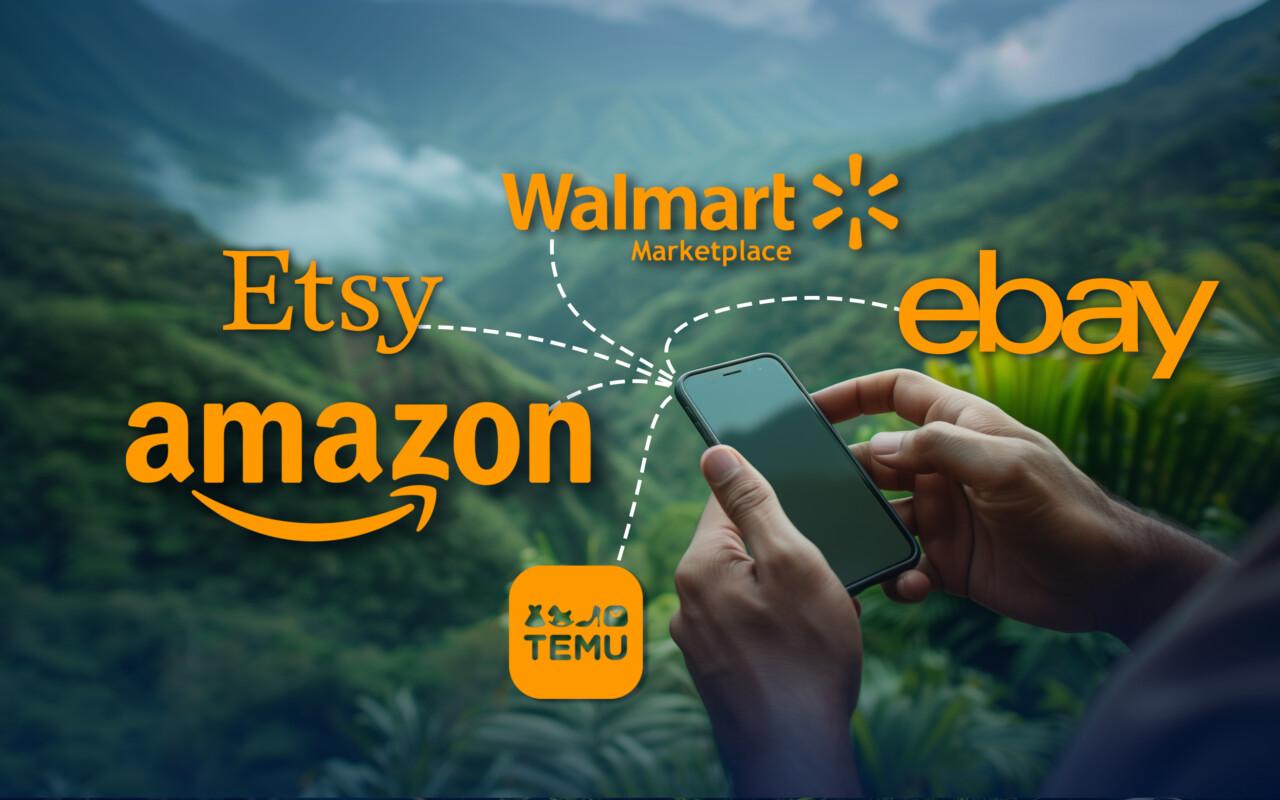Amazon offers two different sales models for products sold in its online store: FBA and FBM. This article discusses the principles of sales models, the division of responsibilities, and the benefits. In addition, we compare Amazon sales to sales through your own online store.
The FBA model
The principle of the FBA sales model is that Amazon takes care of storing the product, delivering it to the end customer, and receiving product returns. The seller is only responsible for delivering the products to Amazon’s warehouse. From sales inventory, Amazon distributes products to end customers and, in some cases, moves products to multiple inventories to optimize delivery times. Deliveries to the end customer include deliveries within the same country and deliveries to different countries.
The FBA model is easy and stress-free. Amazon is responsible for staying within the promised delivery times, and the seller doesn’t have to worry about them.
The FBA model is also very fast to adopt. Practically, you only need to mark the product listing as FBA type. If you want to research and test a new market, you don’t have to spend any time implementing the logistics chain.
A less known advantage is that Amazon seems to favor FBA listings over FBM listings. An FBA listing thus has a better chance of rising high in the product listing ranking.
The FBM model
In the FBM sales model, the seller is responsible for warehousing and logistics. Therefore, the seller must ensure that the logistics partner can meet Amazon’s strict delivery times. Delays affect the performance of the product listing and the entire sales account. If there are too many delays, Amazon will be ruthless and may close your entire account in the worst case.
The advantage of the FBM model is cost-effectiveness in specific product categories. The FBM model is generally preferred for large products and the FBA model for smaller ones. Thus, there’s no certainty that the FBM model would be more affordable in all cases. Companies selling tens of millions a year on Amazon would certainly be able to negotiate good logistics contracts, but still, the majority end up in the FBA model. We recommend that you find out the costs carefully before choosing the sales model.
You should also be aware that selling is not free with the FBM model. Amazon always charges a referral fee, which is typically 15% of the selling price of the product.
Your own online store
So why not handle all the sales from your own online store, saving on Amazon costs?
- First: selling from your own online store is not free. The logistics chain needs to be negotiated and designed to work reliably.
- Second: In your own online store, the problem is getting traffic to your site. The conversion is typically not very high when advertising with an unknown brand on different online platforms. In Amazon, traffic already exists.
- Also: even if the brand is unknown, Amazon’s platform will bring it credibility. Amazon is considered so reliable that the customer feels confident when shopping there. The benefit increases as the product listing receives positive customer reviews. This advantage does not exist in the seller’s own online store – at least at the beginning.
At YAP, we are familiar with different sales models and can therefore recommend the best option for your products. Take contact!


